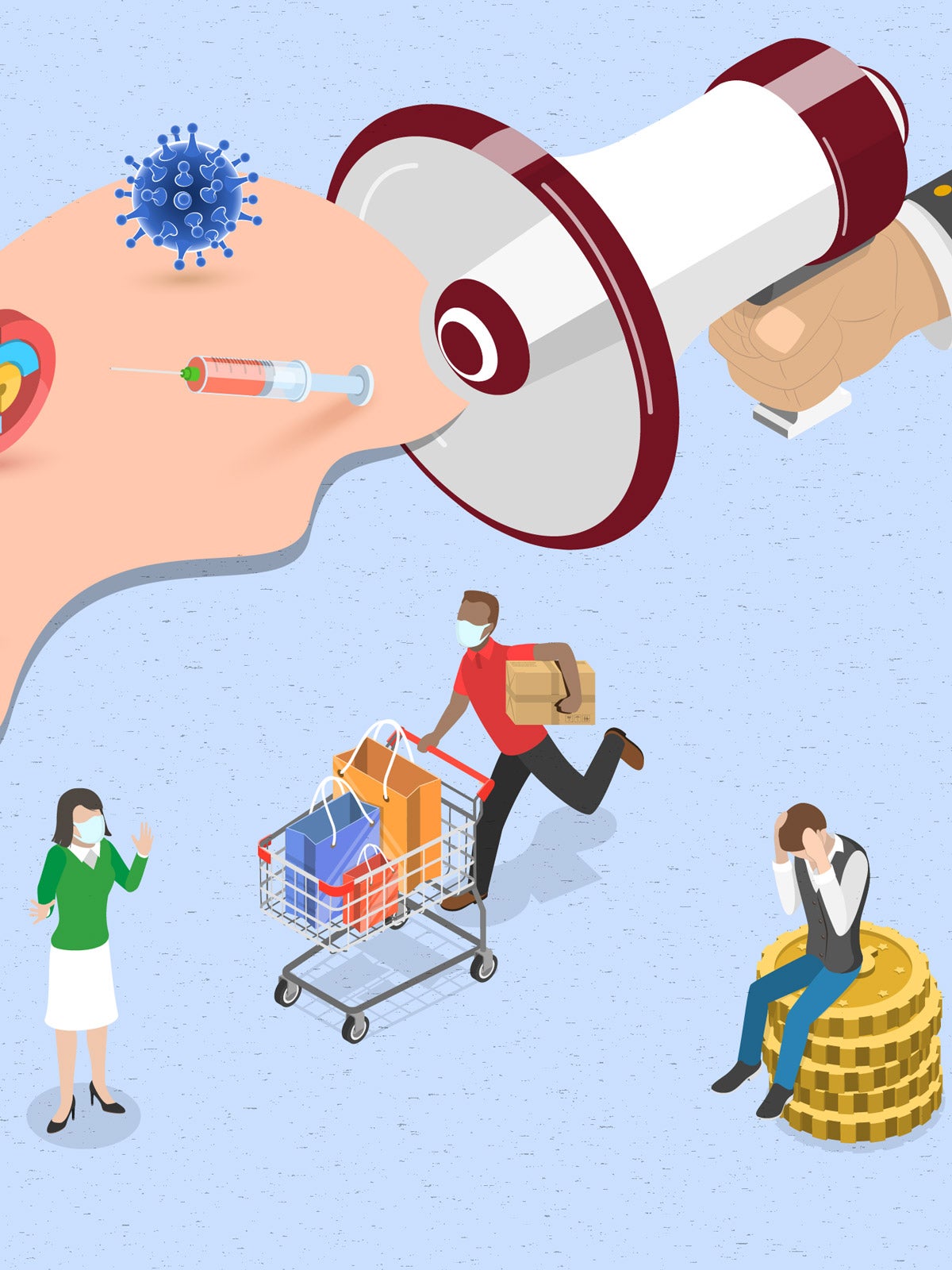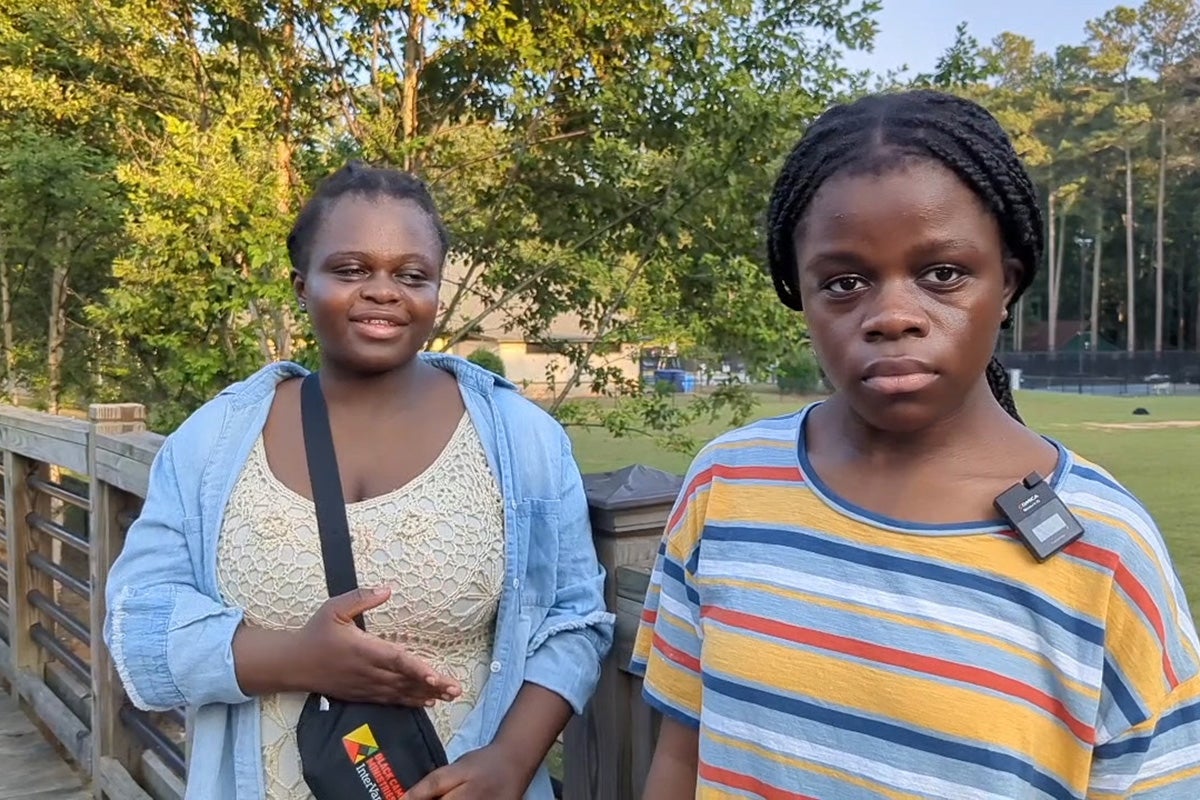
Opinion
Why countering misinformation won’t work in health emergencies
This article was originally published by the “Your Local Epidemiologist” newsletter on Substack.
A new bill introduced in Congress calls on the U.S. government to focus on combatting misinformation. The “zero draft” of a proposed international pandemic treaty calls on member states to do the same. The FDA is zeroing in on misinformation. Webinars galore are focusing on fighting misinformation to build trust. Even public libraries and schools are entering the fight against fake news.
These efforts are amongst the latest in a wave of initiatives—and for good reason. Social media sites are flooded with inaccurate, misleading, and sometimes nefarious messaging about science and health. Too often, these falsehoods get traction. Researchers have found that the modern information ecosystem allows false news to spread six times faster, more broadly, and by more people than the truth.
Sign up for Harvard Public Health
Delivered to your inbox weekly.
Public health has not kept up
The field has stumbled in communicating effectively during times of crisis. During the pandemic, ineffective or absent risk communication left people scrambling for up-to-date and relevant information about their health and safety. Concurrently, producers of disinformation were busy intentionally sowing doubt and confusion. Together, these obstacles created an impossible landscape for people to navigate when making decisions about everyday life, like whether and when to travel, wear a mask, see grandparents, or attend a party.
Meanwhile, researchers and policy experts are producing a steady stream of proposals to prevent the next pandemic. Too often, these plans do not even contain the word “communication.” What good is faster vaccine development if uptake is poor? If no one is proactively anticipating concerns, listening to people on the ground, and addressing their information needs from a place of empathy and authenticity, how will we influence evidence-based decision-making?
We are on the wrong path
The wellspring of misinformation is effectively infinite compared to the scant resources of public health. It is unlikely that we will ever get ahead of the deluge. But there is another way forward: we must focus instead on getting our own house in order by improving core communications.
Communications should feature in every pandemic preparedness and response plan, with the same seriousness of purpose as vaccine development or diagnostic testing. Supporting people with readily available, relevant, detailed information will help to restore confidence in public health and address the systemic weaknesses that encouraged people to turn to misinformation in the first place.
We don’t give the public enough opportunities to see and trust warm bodies in public health. Messages must be delivered by real people, preferably the same people, in a style that feels human.
The biggest gaps in public health information are timeliness and volume. Messaging is too slow and too scant to meet the need. Public health organizations and officials must get more comfortable communicating quickly, continuously, and with empathy. For many organizations, this means expanding (or just creating) the scientific communication workforce. Officials must recognize that communicating with the public is an essential part of their mission, and energy and time allocations must reflect that. Also, the clearance processes for communication products must be dramatically thinned. Onerous clearance processes discourage frequent information sharing and can inadvertently erode key messages.
Once the systems and people are in place, the content of what is communicated is critical. Crisis communication should not serve the interests of the players, but of the people. This means that messaging cannot hasten to reassure how much is being done by the responsible parties or how under control the situation is. The proper goal of communication is to tell people honestly and clearly what the situation is, what risks they face, and what they should do to keep themselves and their families safe. Missteps can be avoided by properly acknowledging uncertainty: What do we know? What do we not know? And how are we trying to find answers?
Knowledge translation also must come from a place of empathy. People do not turn to media companies for their news. They turn to anchors and reporters whom they come to know and trust—warm bodies that they can relate to and who appear consistently over time. We don’t give the public enough opportunities to see and trust warm bodies in public health. Messages must be delivered by real people, preferably the same people, in a style that feels human.
These challenges don’t just apply to a pandemic. Health emergencies happen all the time, from the mpox outbreak to the earthquake in Turkey to the train derailment in East Palestine, Ohio. Communities are starved for good information, leading to unnecessary anxiety, confusion, and frustration. That void is often filled with misinformation. Going forward, the public health community should double down on bolstering frequent, reliable communications for these crises—instead of attempting to beat back the torrent of misinformation.
The bottom line
Public health is unlikely to “win” at combatting misinformation, at least in the near term. We win by earning the ear and the trust of the public, and we do that by communicating honestly, frequently and directly. We must not lose sight of that mission. I’m afraid it’s a lesson we haven’t yet learned.
Illustration: TarikVision / iStock


